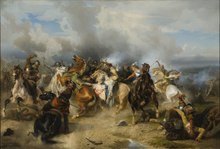
The Battle of Lützen, fought on 6 November 1632, is considered one of the most important battles of the Thirty Years' War. Led by the Swedish king Gustavus Adolphus, an Allied army primarily composed of troops from Sweden, Saxony, and Hesse-Kassel, narrowly defeated an Imperial force under Albrecht von Wallenstein. Both sides suffered heavy casualties, with Gustavus himself among the dead.

The Evangelical Church in Germany, also known as the Protestant Church in Germany, is a federation of twenty Lutheran, Reformed, and United Protestant regional Churches in Germany, collectively encompassing the vast majority of the country's Protestants. In 2022, the EKD had a membership of 19,153,000 members, or 22.7% of the German population. It constitutes one of the largest Protestant bodies in the world. Church offices managing the federation are located in Herrenhausen, Hanover, Lower Saxony. Many of its members consider themselves Lutherans.

The Heilbronn League was formed in the Free Imperial City of Heilbronn, on 23 April 1633, during the Thirty Years' War. Led by Sweden, it brought together various Protestant states in western and northern Germany. It was supported by Saxony and Brandenburg-Prussia, although they were not members.

The Prussian Union of Churches was a major Protestant church body which emerged in 1817 from a series of decrees by Frederick William III of Prussia that united both Lutheran and Reformed denominations in Prussia. Although not the first of its kind, the Prussian Union was the first to occur in a major German state.
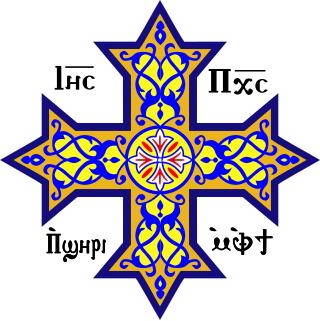
The Evangelical Church of Egypt (Synod of the Nile) (also called the Evangelical Presbyterian Church in Egypt, Egyptian: الكنيسة الإنجيلية المشيخية El-Kenisa El-Engileyya El-Mashyykhia) is a Protestant church that started as a mission of the United Presbyterian Church of North America among Coptic Egyptians in the late nineteenth century. The Evangelical Church of Egypt became autonomous in 1957 and officially independent in 1958. It has eight presbyteries, 314 congregations, and about 250,000 members.

Evangelical Church of the Palatinate is a United Protestant church in parts of the German states of Rhineland-Palatinate and Saarland, endorsing both Lutheran and Calvinist orientations.
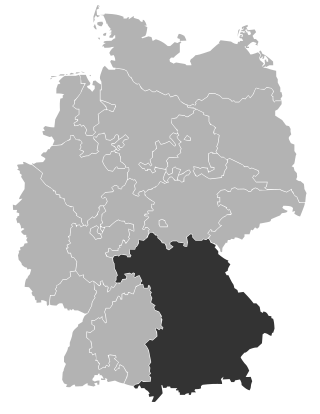
The Evangelical Lutheran Church in Bavaria is a Lutheran member church of the Protestant Church in Germany in the German state of Bavaria.
Gustav Adolf or Gustaf Adolf may refer to:
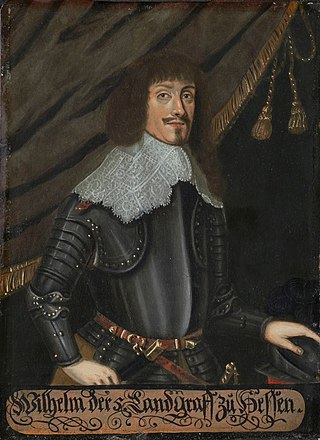
William V, a member of the House of Hesse, was Landgrave of Hesse-Kassel from 1627 to 1637. Having come to rule in unfavorable circumstances and in the midst of the Thirty Years' War, he continued to suffer losses of territory and wealth.

The Treaty of Bärwalde, signed on 23 January 1631, was an agreement by France to provide Sweden financial support, following its intervention in the Thirty Years' War.
Away from Rome! was a religious movement founded in Austria by the Pan-German politician Georg Ritter von Schönerer aimed at conversion of all Roman Catholic German-speaking people in Austria to Lutheran Protestantism or, in some cases, an Old Catholic Church. It was founded amid the ensuing Kulturkampf in Imperial Germany.
The German Protestant Church Confederation was a formal federation of 28 regional Protestant churches (Landeskirchen) of Lutheran, Reformed or United Protestant administration or confession. It existed during the Weimar Republic from 1922 until replaced by the German Evangelical Church in 1933. It was a predecessor body to the Protestant Church in Germany.
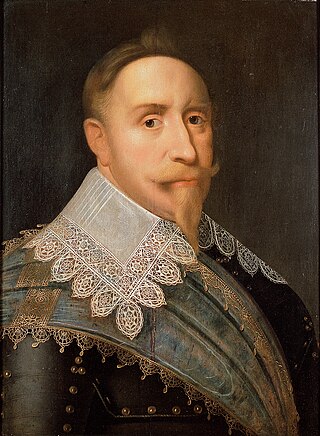
Gustavus Adolphus, also known in English as Gustav II Adolf or Gustav II Adolph, was King of Sweden from 1611 to 1632, and is credited with the rise of Sweden as a great European power. During his reign, Sweden became one of the primary military forces in Europe during the Thirty Years' War, helping to determine the political and religious balance of power in Europe. He was formally and posthumously given the name Gustavus Adolphus the Great by the Riksdag of the Estates in 1634.
Gustav Adolf Church may refer to:

Julius Friedrich Leopold Rupp was a Prussian Protestant theologian. He founded the first Free Protestant Congregation in Königsberg, which rejected all state or church control and believed in absolute freedom of conscience for its members.

Justus Joseph Georg Friedrich Karl Zimmermann was a German Protestant theologian. His older brother, Ernst Zimmermann (1786–1832), was also a theologian.

Christian Gottlob Leberecht Großmann was a German theologian.
Dietrich von Falkenberg was a German statesman and army officer in Swedish service, who commanded the defence of Magdeburg during the course of the Thirty Years' War.

Church of Saints Peter and Paul — is an Evangelical Lutheran church in Yaroslavl, Russia. It was built in the 1840s at the corner of Borisoglebskaya and Lyubimskaya streets. It is the last work of the architect Peter Pankov and has been identified as an object of cultural heritage in Russia.

